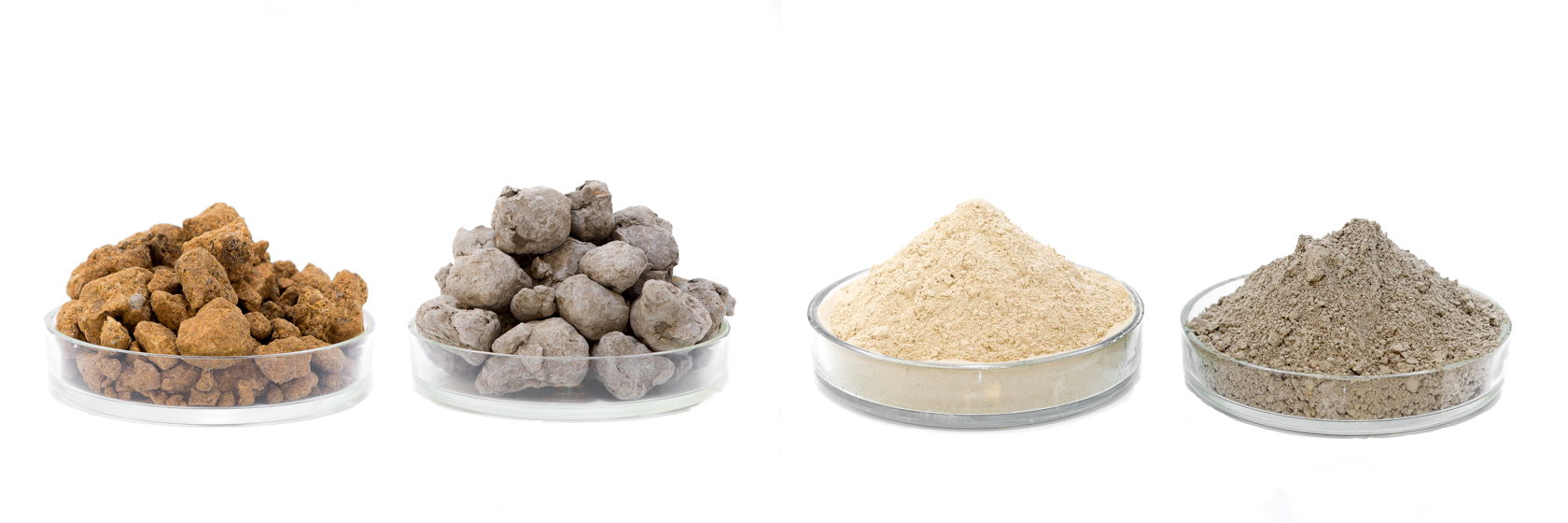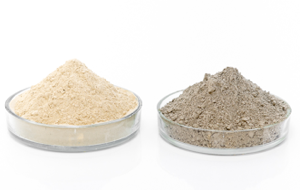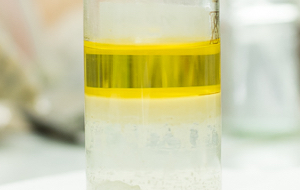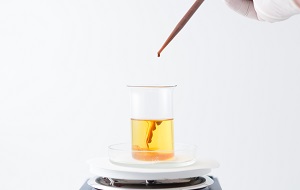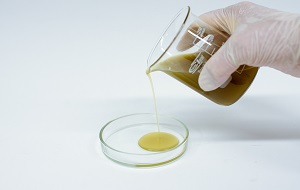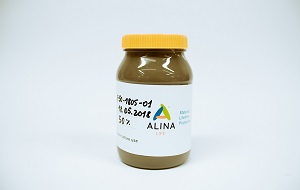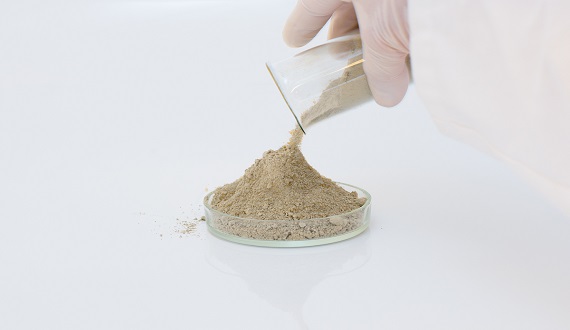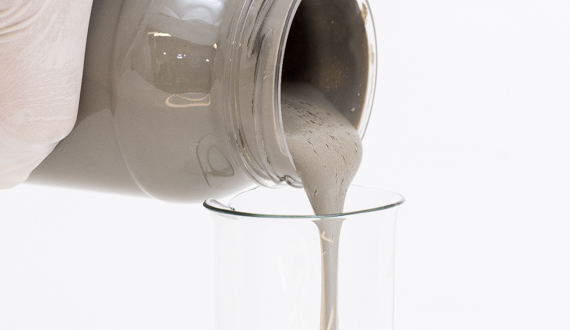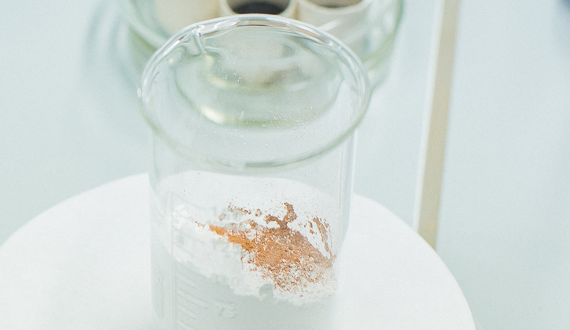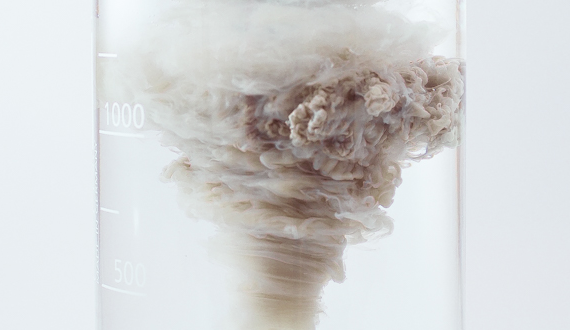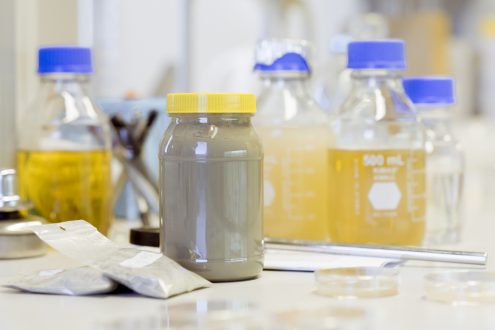
Wide range of applications
ALINA employs organofilisation technology that is beyond the industry well known dry and wet methods – it is ZERO waste & energy efficient, one stage production process.
ALINA technology is applied to the naturally occurring montmorillonite minerals (phylosilicates), that are specifically surface-treated to change the hydrophilic into a hydrophobic surface, without changing the structure of the montmorillonite mineral. The main surface treatment agents used in manufacturing are quaternary ammonium salts or quaternary ammonium compounds, commonly called quaternary amines or more usually, quats. Due to their physico-chemical properties, organoclays have a wide range of end-uses, from paints and coatings, cosmetics and personal care to lubricating grease and foundry washes.
